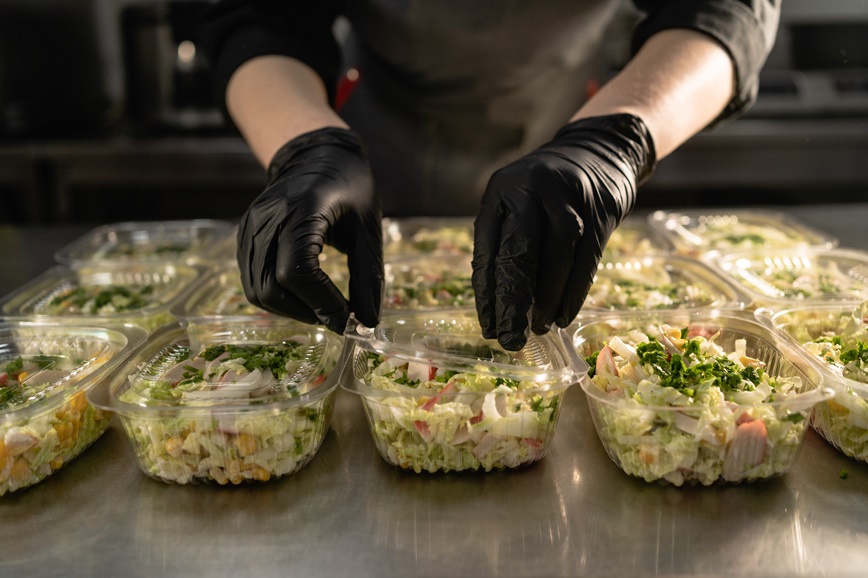Food donations
Benefits to your business
Save money
On your taxes
- The federal tax code allows a deduction for donated food
- Read about federal tax deduction for food donations
On your garbage bill
- Everything that leaves your business as garbage is taxed extra fees. There is no state solid waste tax or county solid waste fee on recycling or organics.
Help your community and the environment
Donating extra food helps local hunger-relief agencies serve those in need.
In the U.S., as much as 40% of food made for people to eat is wasted.
How to donate
We explain how to get started and how to donate safely.
Donate food to people
Feeding America has a food rescue app called Meal Connect. Meal Connect makes it easy to donate your extra food to people in need.
Donate food to animals
You can partner with a local farmer to have your scraps picked up and turned into animal feed.
Protection from liability
The Food Donation Improvement Act (FDIA) protects you when donating food. Businesses that donate food in good faith:
- Are not liable for the condition of the food
- Must donate to a nonprofit for distribution to people in need
Donating safely
The Minnesota Food Code applies to all donated food.
Temperature requirements
Many donated foods must meet temperature requirements. This food is called temperature control for safety (TCS) food.
Examples of TCS foods:
- Cut tomatoes or melons
- Dairy products
- Meats
- Poultry
- Seafood
- Most cooked food
- Cut leafy greens
Hot and cold food temperatures
- Keep hot TCS food at 135°F or above.
- Keep cold TCS food at 41°F or below.
- You must maintain these temperatures through delivery of food.
Cooling hot foods
When you cool hot foods, you must meet both of these timelines:
- Cool from 135°F to 71°F in less than two hours, and
- Cool to 41°F or below in no more than six hours
Labeling food
Follow labeling requirements for:
- Food in its original package
- Food prepared as a meal
Food in its original package
Labels on donated commercially prepackaged food must clearly show:
- Name of the item or food
- Manufacturer information
- List of ingredients
- Use-by date if included
Labels must also contain this statement: Donated food - not for resale.
Food prepared as a meal
Label donated prepared food on the outside of the container with:
- Food name
- Food donor
- Preparation date
Example: Lasagna prepared 2/12/24, from ABC Restaurant, 123 Food Street
You do not need to label each individual item.
Video
Get help from Hennepin County
Contact us
Minneapolis Health Department
Phone
Address
Public Service Building
505 Fourth Ave. S., Room 520
Minneapolis, MN 55415



